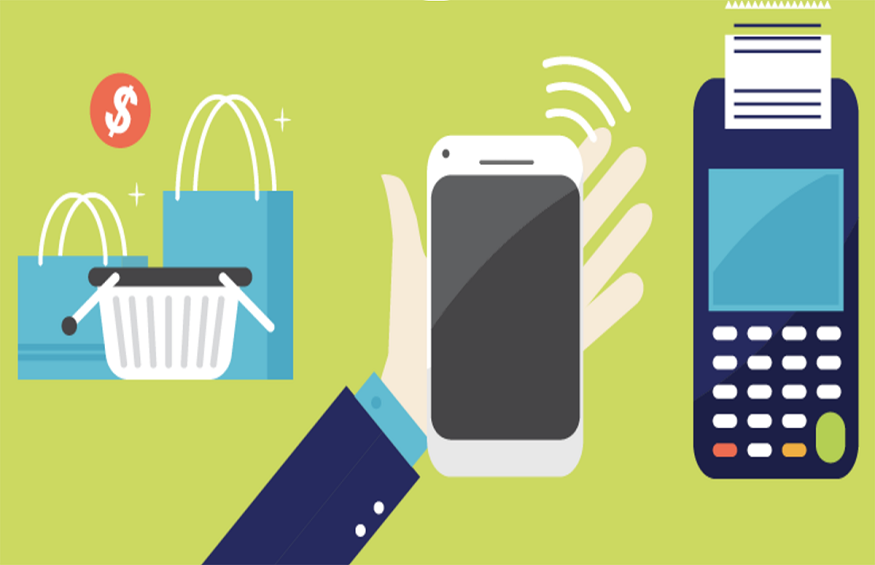Next-Gen Payment Processing Technologies

In 2020, the world witnessed an upswing in digital payments, spurred by the shift from cash and checks to digital payment methods. Meanwhile, as government officials urged the adoption of contactless, cashless, digital payments to promote trade and commerce and contain the Covid contagion, cashless and contactless payment processing played a significant role in ensuring safety, speed, consistency and convenience.
What is A Payment Processor?
Companies that facilitate electronic payments including credit cards, ACH, or digital wallets are payment processors. Upon completing a sale, the processor verifies payment information and disburses funds to the merchant. As well, a payment processor represents a merchant’s connection to banks and credit card issuers.
In that regard, here are the fundamentals of payment processing:
1. Using a merchant’s website, a customer enters their credit or debit card information. The data is then transmitted to a payment gateway either through the merchant system or by bypassing the system and proceeding directly to the payment gateway. In the latter case, merchants must comply with fewer restrictions.
2. The payment gateway handles the data and encrypts it to ensure that it can be sent to an acquiring bank cooperating with the merchant.
3. In this case, the acquiring bank transmits the payment data to a credit card association.
4. Based on the state of the card and the amount of funds available, the association decides whether to approve the transaction. Credit card issuers then send the authorization or rejection, along with its reasons to the payment processor, which then is forwarded to the gateway.
5. The gateway shows the merchant that the order is valid, thus the merchant can fill the order.
In addition, here are a few ways to overhaul payment systems to improve the digital economy:
A Reliable Vision for P2P Payments: Blockchain and other technologies provide the means for such an ambitious undertaking. This makes P2P payment a safer and third-party-free reality. A future payment system of this type would be cheaper and simpler for both merchants and customers.
Cryptocurrency Transactions: Whilst the precise nature of cryptocurrency-based transactions would be seemingly challenging to function as a future payment technology, it is highly likely that a new set of regulations would have to be developed to monitor it, thus presenting an opportunity for reimagining old practices. Accordingly, crypto transactions tend to be cheaper and safer when exchanging money.
Micropayments: In the event that transaction costs are reduced to a negligible amount, the transfer of incredibly small amounts of money would become viable. If this were to occur, billing for the transaction service would be incredibly accurate. Micropayments, however, are hard to predict in the future. Global implementation of such a system is an ambitious initiative that is not 100% feasible. Even so, technology and money transfer ‘logistics’ could be improved to make such a paradigm shift practicable.
To Conclude
Those who simplify business processes will have more latitude to act and grow their business and this holds particularly true for payment processing that is geared towards simplification and streamlining the industry. You simply need to grasp the opportunity and enter the FinTech arena to venture forward.





